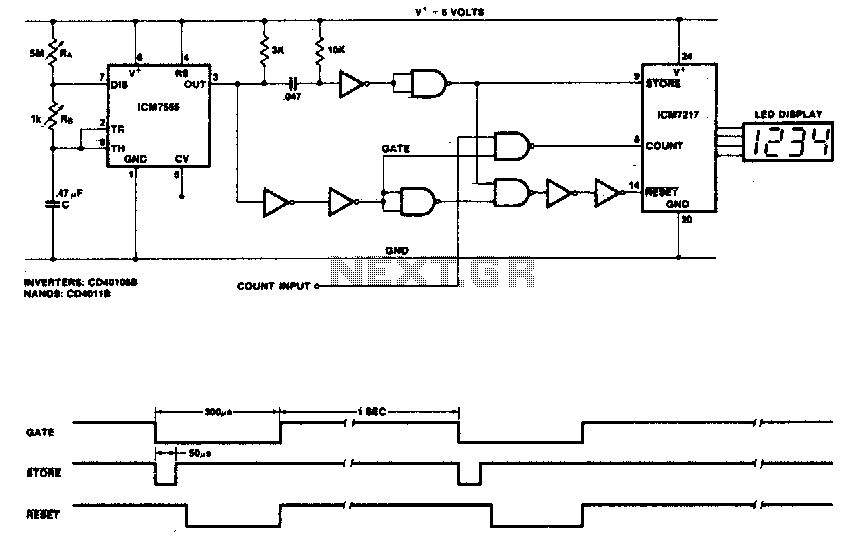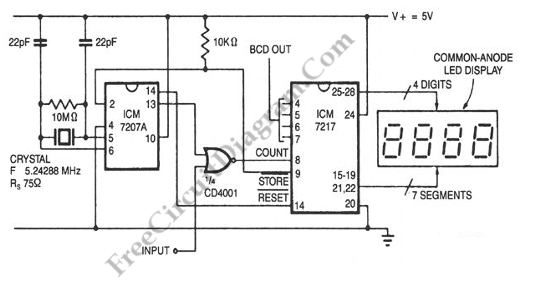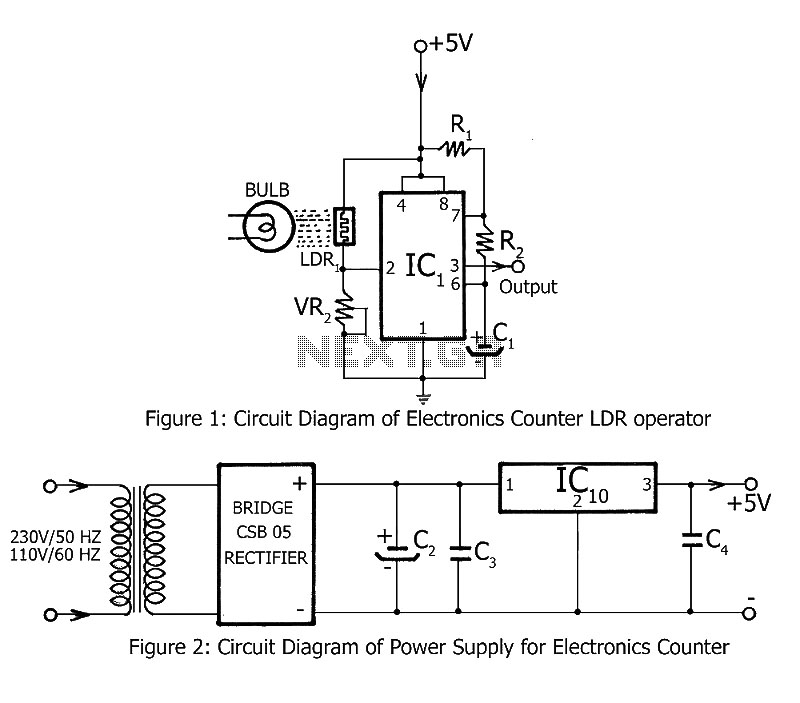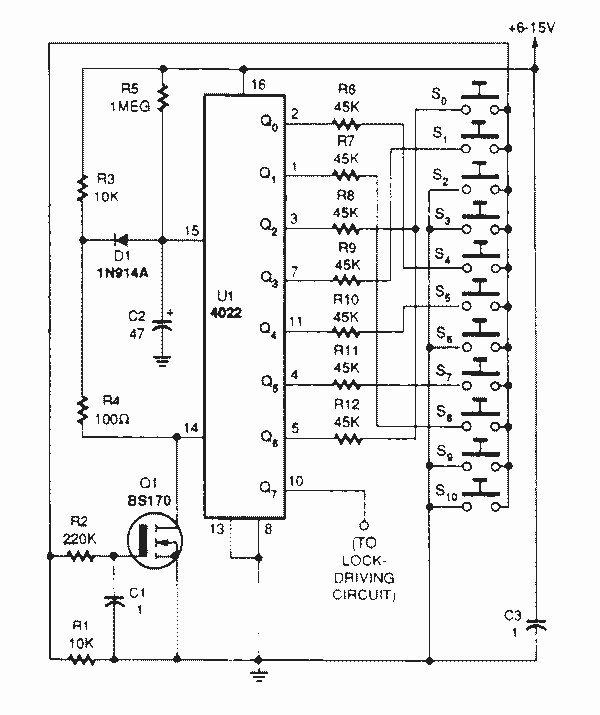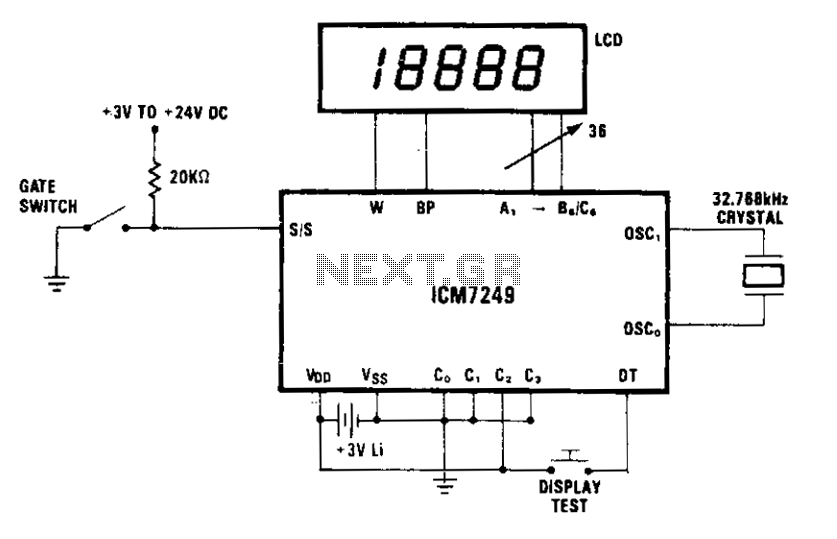
Geiger Counter
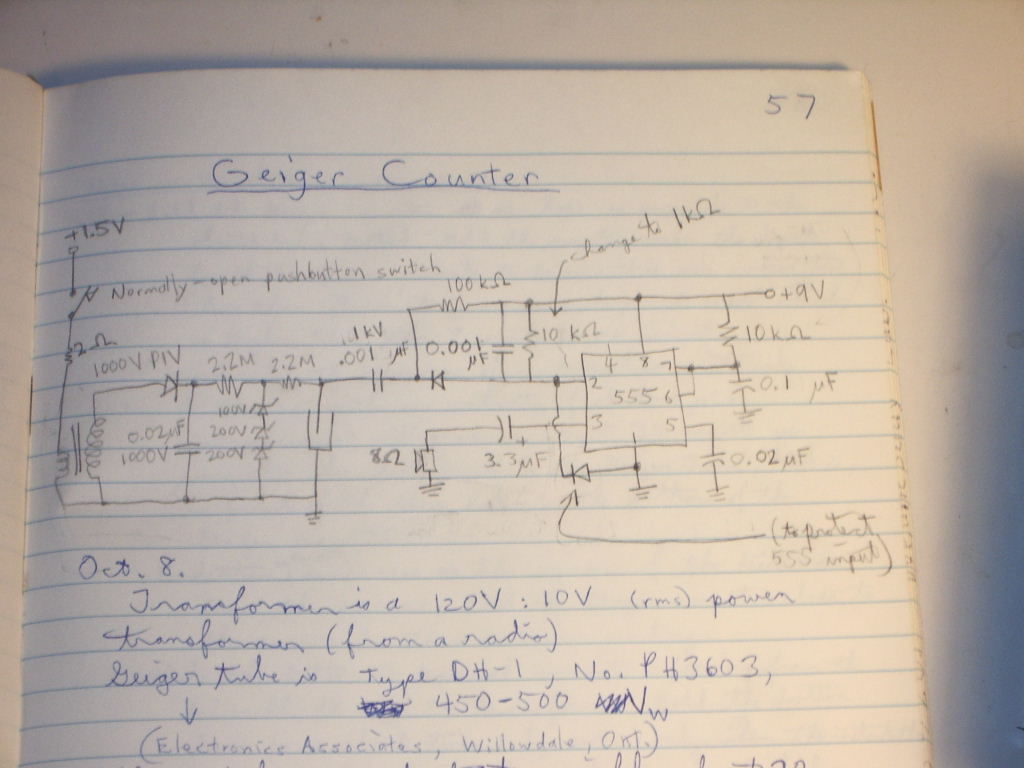
This is a simple Geiger counter circuit designed for quick publication, potentially useful for individuals in Japan. It requires some specialized components.
The simple Geiger counter circuit typically consists of a Geiger-Müller (GM) tube, which is the primary sensing element that detects ionizing radiation. The GM tube is connected to a high-voltage power supply, usually ranging from 400 to 900 volts, to create an electric field within the tube. When radiation passes through the tube, it ionizes the gas inside, leading to a cascade of electrons that generates a measurable current pulse.
The circuit often includes a resistor in series with the GM tube to limit current and protect the tube from excessive voltage. A capacitor may also be employed to smooth out voltage fluctuations, ensuring stable operation. Additionally, a transistor or operational amplifier may be used to amplify the pulse signal generated by the GM tube for further processing.
To provide a user-friendly interface, the circuit may incorporate a microcontroller or a simple analog meter to display the radiation levels detected. An audible alarm or LED indicator can be added to alert users when radiation exceeds a predefined threshold.
Power supply considerations are crucial; the circuit can be powered by batteries or an external power source, with appropriate voltage regulation to maintain the necessary operating conditions for the GM tube.
In summary, this simple Geiger counter circuit is designed for effective radiation detection, utilizing a Geiger-Müller tube, high-voltage supply, and additional components for signal processing and user notifications.Publishing this one in a hurry, in case it is useful to our friends in Japan. This is a simple Geiger counter circuit. It does require some speciali.. 🔗 External reference
The simple Geiger counter circuit typically consists of a Geiger-Müller (GM) tube, which is the primary sensing element that detects ionizing radiation. The GM tube is connected to a high-voltage power supply, usually ranging from 400 to 900 volts, to create an electric field within the tube. When radiation passes through the tube, it ionizes the gas inside, leading to a cascade of electrons that generates a measurable current pulse.
The circuit often includes a resistor in series with the GM tube to limit current and protect the tube from excessive voltage. A capacitor may also be employed to smooth out voltage fluctuations, ensuring stable operation. Additionally, a transistor or operational amplifier may be used to amplify the pulse signal generated by the GM tube for further processing.
To provide a user-friendly interface, the circuit may incorporate a microcontroller or a simple analog meter to display the radiation levels detected. An audible alarm or LED indicator can be added to alert users when radiation exceeds a predefined threshold.
Power supply considerations are crucial; the circuit can be powered by batteries or an external power source, with appropriate voltage regulation to maintain the necessary operating conditions for the GM tube.
In summary, this simple Geiger counter circuit is designed for effective radiation detection, utilizing a Geiger-Müller tube, high-voltage supply, and additional components for signal processing and user notifications.Publishing this one in a hurry, in case it is useful to our friends in Japan. This is a simple Geiger counter circuit. It does require some speciali.. 🔗 External reference
